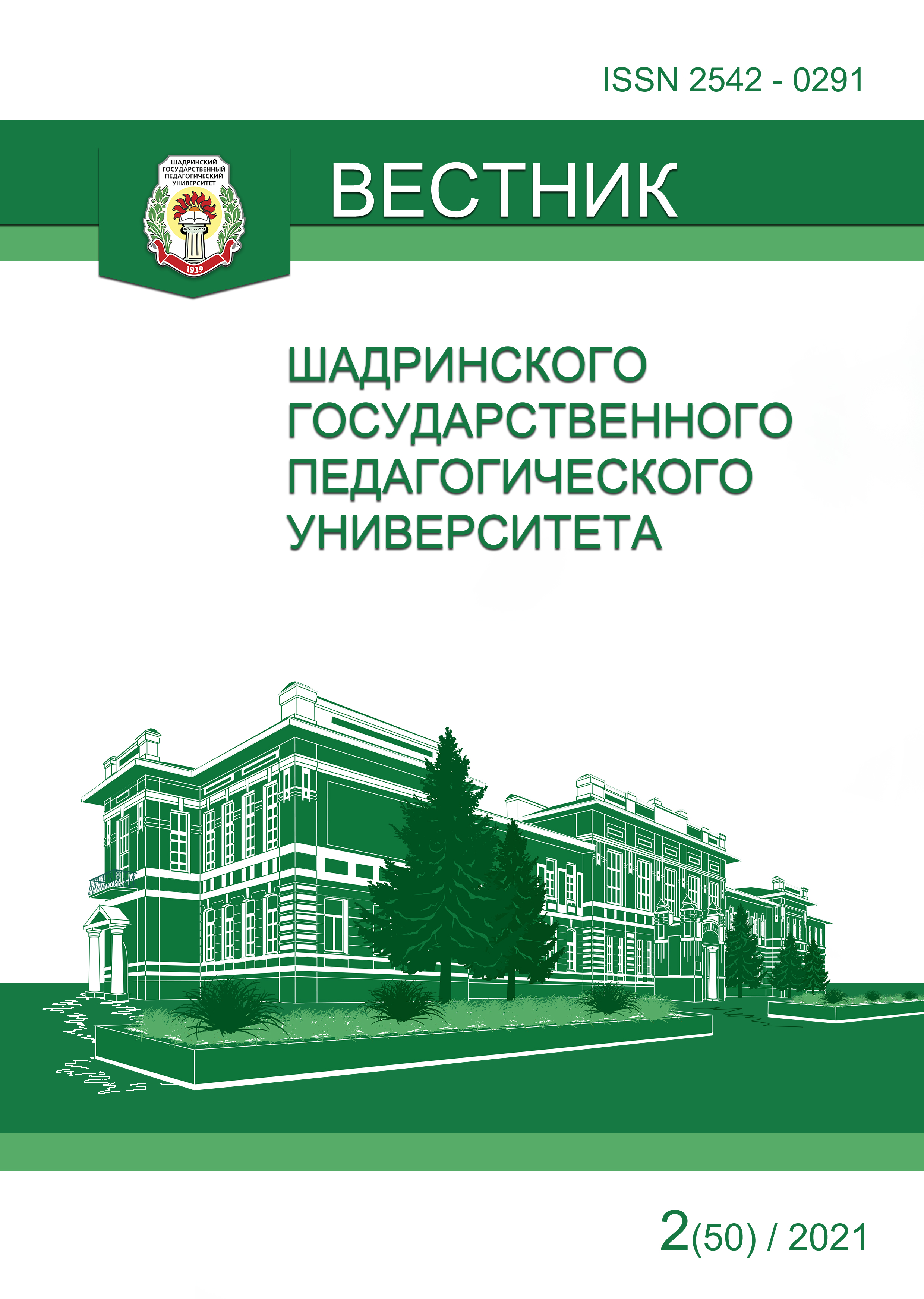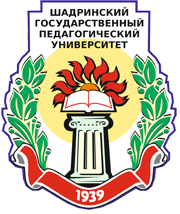Особенности развития связной речи у старших дошкольников с нарушениями зрения
The features of coherent speech of older preschool children with visual impairments
Аннотация
Статья посвящена теоретическому изучению особенностей связной речи старших дошкольников с нарушениями зрения. Проанализированы два подхода к проблеме речевого развития детей с нарушениями зрения. В рамках первого подхода исследователи констатируют, что речь старших дошкольников с нарушениями зрения соответствует условно-возрастной норме. В рамках второго подхода авторы выделяют особенности развития связной речи у детей со зрительной патологией. В результате анализа проблемы исследования были обобщены и конкретизированы особенности развития связной речи старших дошкольников с нарушениями зрения, к которым относятся: вербализм, нарушение речевого опосредования, фрагментарность и аграмматичность высказываний.
Abstract: The article is devoted to the theoretical study of the features of coherent speech of older preschool children with visual impairments. Two approaches to the problem of speech development of children with visual impairments are analyzed. In the first approach, the researchers state that the speech of older preschoolers with visual impairments corresponds to the conditional age norm. In the second approach, the authors identify the features of the development of coherent speech in children with visual pathology. As a result of the analysis of the research problem, the features of the development of coherent speech of older preschoolers with visual impairments were generalized and concretized, which include: verbalism, violation of speech mediation, fragmentary and agrammatic utterances.






